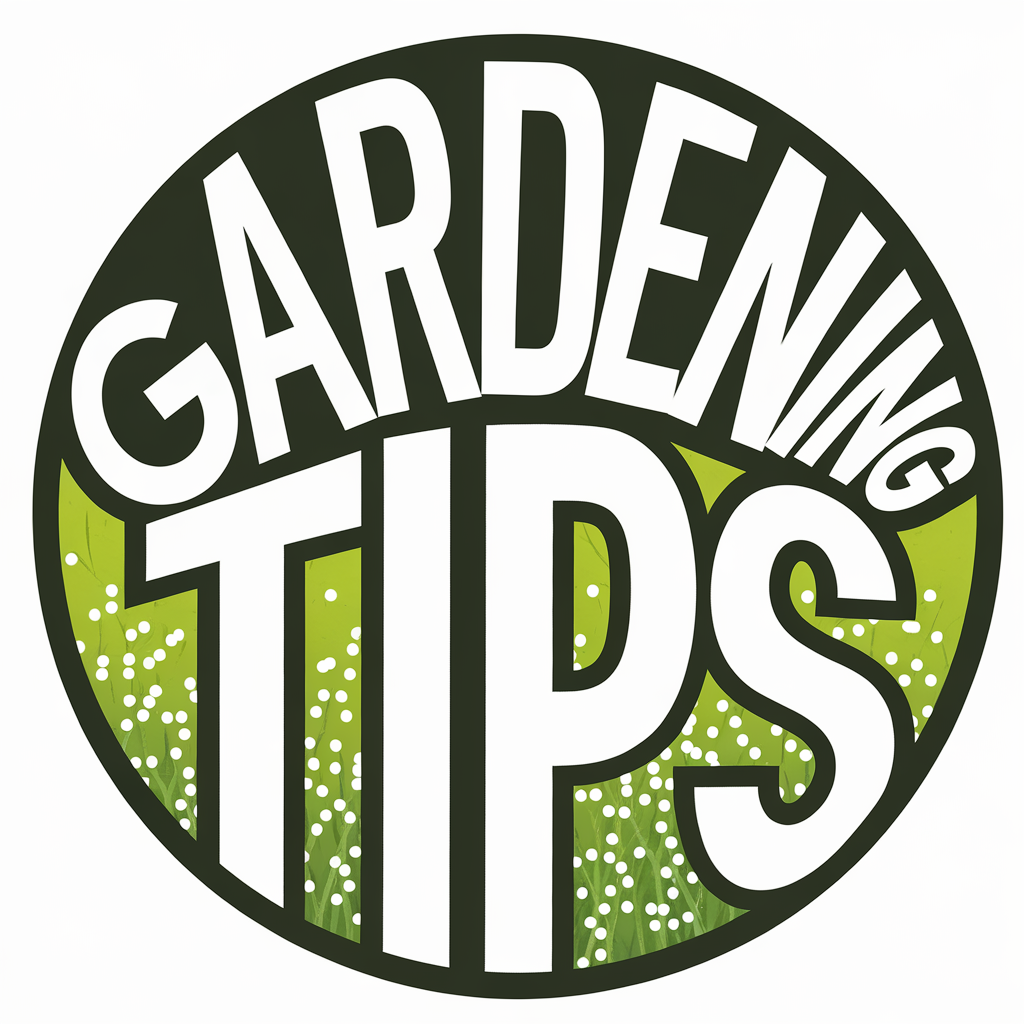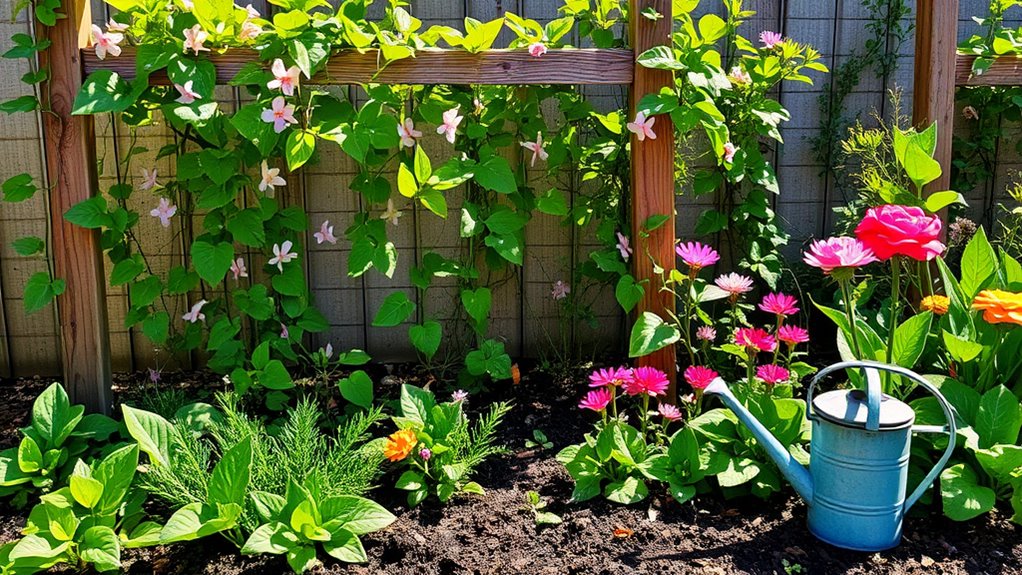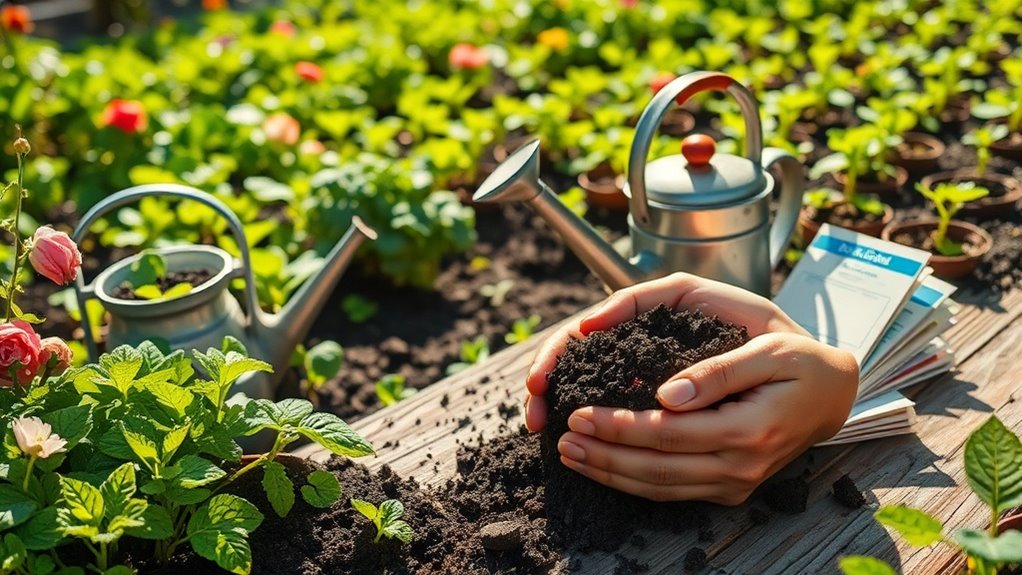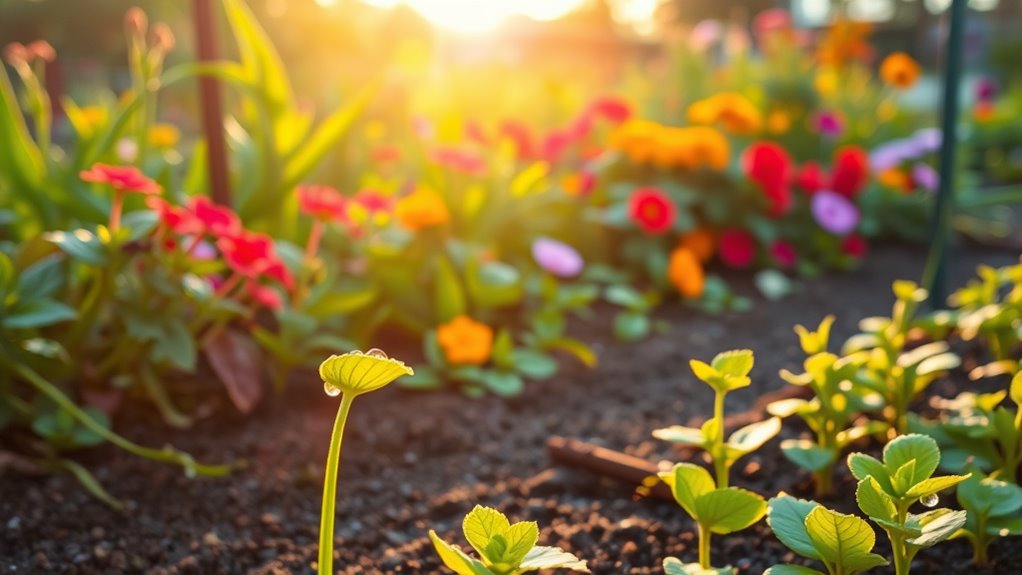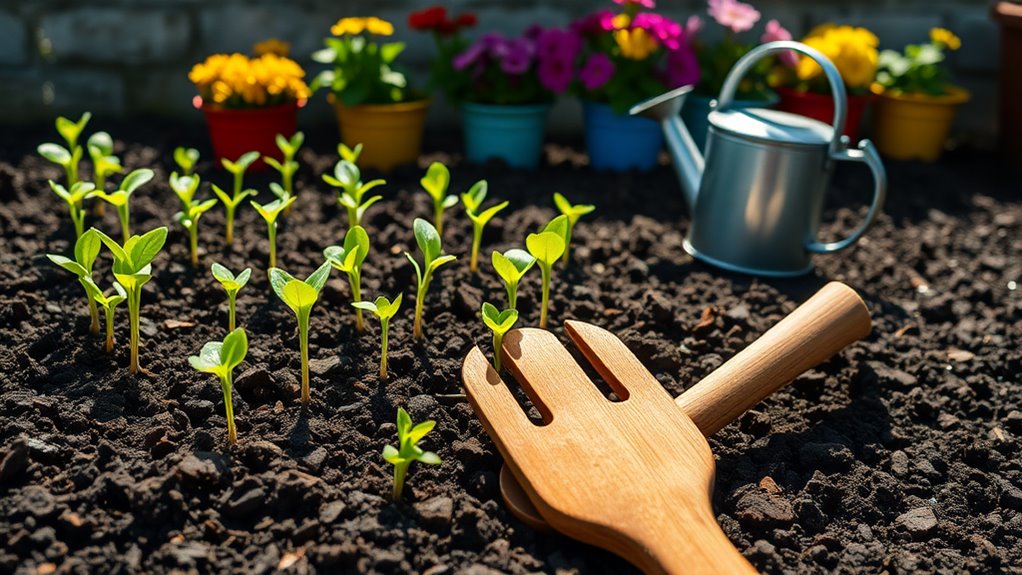My Backyard Garden Was Failing Until I Tried This
If your backyard garden was failing, it’s time to assess the issues critically. Start by observing your plants for signs of distress like wilting or yellowing leaves. Test your soil for nutrient imbalances and maintain proper drainage to prevent overwatering. Incorporating organic compost can enhance soil health. Additionally, selecting plants suited to your local climate and consistent watering practices can boost growth. Stick around; there are more strategies to turn your garden into a flourishing paradise.
Identifying the Problems in My Garden
How can you pinpoint the issues plaguing your backyard garden?
Start by observing your plants closely. Are they wilting, discolored, or infested with pests?
Check the soil for drainage problems—too much water can suffocate roots, while too little can stunt growth.
Test nutrient levels to make sure your plants are getting what they need.
Also, consider sunlight exposure; some plants require full sun while others thrive in shade.
Take note of competing weeds, as they can steal essential nutrients. Additionally, be aware of common gardening mistakes that can hinder your plants’ growth and overall health.
Researching Sustainable Gardening Techniques
Once you’ve identified the issues in your backyard garden, it’s time to explore sustainable gardening techniques that can help revive it. Researching these methods not only benefits your garden but also the environment. Consider composting, using native plants, implementing crop rotation, and reducing water usage. Here’s a quick reference table to get you started:
| Technique | Benefits |
|---|---|
| Composting | Enriches soil, reduces waste |
| Native Plants | Low maintenance, local support |
| Crop Rotation | Prevents soil depletion |
| Mulching | Retains moisture, suppresses weeds |
| Drip Irrigation | Efficient water use |
Implementing these techniques will transform your garden sustainably. Additionally, using organic gardening hacks can further enhance plant health and resilience.
Soil Health: The Foundation of a Thriving Garden
Soil health is essential for a thriving garden, as it directly impacts plant growth and productivity.
Start by testing your soil’s pH and nutrient levels.
Amend it with organic matter like compost to improve structure and fertility.
Maintain proper drainage to prevent waterlogging, which can suffocate roots.
Incorporate cover crops to enhance soil texture and prevent erosion.
Rotate your crops annually to reduce pests and diseases.
Mulching helps retain moisture and suppress weeds.
Finally, avoid over-tilling, which can disrupt soil organisms. Additionally, conducting regular soil testing can help identify specific deficiencies and inform your amendments.
Choosing the Right Plants for My Environment
When choosing plants for your garden, consider your local climate and soil type.
Different plants thrive in specific conditions, so assess whether your area is hot, cold, dry, or humid, and identify your soil’s texture and drainage capabilities. This knowledge will guide you in selecting plants that will flourish in your unique environment, ensuring a more successful garden revival. Additionally, incorporating resilient flowers can greatly enhance your garden’s beauty, even in poor soil conditions.
Climate Considerations
How can you guarantee your backyard garden thrives in your specific climate? Start by selecting plants that flourish in your area’s temperature, humidity, and sunlight. Research local growing zones and choose species suited to your climate. Consider annuals for quick blooms or perennials for lasting beauty.
| Climate Type | Ideal Plants | Tips |
|---|---|---|
| Temperate | Tomatoes, Peppers | Use mulch for moisture |
| Tropical | Orchids, Hibiscus | Provide good drainage |
| Arid | Cacti, Succulents | Water deeply, less often |
| Cold | Kale, Pansies | Use row covers at night |
Plant wisely, and watch your garden thrive!
Soil Type Assessment
What type of soil does your backyard garden have?
Understanding your soil type is essential for selecting the right plants.
You can determine if your soil is sandy, clay, loamy, or rocky by conducting a simple test.
Grab a handful of moist soil, squeeze it, and observe its behavior.
Sandy soil crumbles easily, while clay sticks together.
Loamy soil holds shape but crumbles when dry.
Knowing this helps you choose plants that thrive in your specific conditions.
For example, drought-tolerant plants do well in sandy soil, while water-loving varieties prefer clay.
Tailor your plant selection to match your soil type for ideal growth.
Implementing a Consistent Watering Schedule
Establishing a consistent watering schedule is essential for keeping your garden healthy and thriving.
Regular watering not only guarantees your plants receive the moisture they need but also helps prevent issues like root rot and drought stress. Additionally, implementing smart watering techniques can further enhance your garden’s health by maximizing efficiency and conserving water.
Importance of Regular Watering
While many factors contribute to a thriving garden, consistent watering stands out as an essential element for success.
Regular watering guarantees your plants receive the moisture they need to grow strong and healthy.
It prevents stress, which can lead to wilting or stunted growth.
By adhering to a consistent schedule, you’ll help your garden develop deep roots, enabling plants to withstand dry spells.
Aim to water early in the morning or late in the evening to minimize evaporation.
Remember, it’s not just about quantity but also the frequency; too much water can be as harmful as too little.
Stay attentive!
Best Watering Techniques
To maximize the benefits of regular watering, implementing effective watering techniques is key. A consistent watering schedule helps your plants thrive. Aim to water early in the morning or late in the afternoon to reduce evaporation. Use drip irrigation or soaker hoses to deliver water directly to the roots. Check the soil moisture before watering; it should be damp but not soggy.
| Technique | Description |
|---|---|
| Early Morning | Reduces evaporation loss |
| Drip Irrigation | Directs water to the roots |
| Soaker Hoses | Provides slow, deep watering |
| Soil Check | Guarantees ideal moisture levels |
| Deep Watering | Encourages root growth |
Attracting Beneficial Insects and Pollinators
Attracting beneficial insects and pollinators is key.
Here’s how you can do it:
-
Plant Diverse Flowers: Include native plants and a variety of colors and shapes to attract different pollinators like bees and butterflies. Incorporate specific flower varieties that are known to attract butterflies and pollinators to enhance your garden’s appeal.
-
Avoid Pesticides: Using harmful chemicals drives away the very insects you want; instead, opt for natural pest control methods.
-
Provide Water Sources: A small water feature or shallow dishes filled with stones and water can help thirsty insects and encourage visits.
Monitoring Progress and Making Adjustments
Attracting beneficial insects and pollinators sets a strong foundation for your backyard garden, but monitoring progress is just as important to guarantee your garden thrives.
Regularly check plant health, soil moisture, and pest presence. Keep a gardening journal to track growth patterns and any issues you encounter.
If plants aren’t thriving, analyze potential causes—overwatering, nutrient deficiencies, or insufficient sunlight.
Adjust your strategies accordingly, such as rotating crops, amending soil with compost, or changing watering schedules. Remember that proper soil preparation is crucial for ensuring your plants receive the nutrients they need.
Don’t hesitate to experiment with different plants or layouts.
